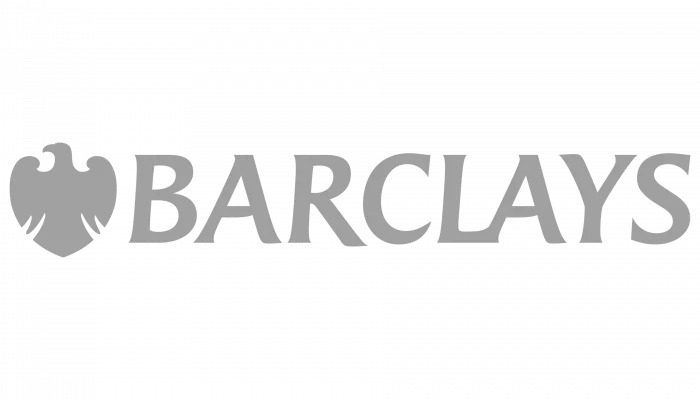LIBOR stands for London Interbank Offered Rate.
It is the level of interest that banks use when lending to each other and LIBOR is set every day in London by the British Bankers Association.
Whilst LIBOR is set daily, there are different rates for different maturing periods from next day (known as the overnight rate) to a loan period of 6 distant. Each rate is set daily. On top of this, there are 15 different currencies in which monies lent are subject to LIBOR including the main economies such as USA, Euro, The Pound Sterling, etc.
A LIBOR mortgage is usually set to the 6 month LIBOR rate and an additional % rate will be added to this LIBOR rate. This is generally the rate the borrower would pay.
For example, if you wanted to calculate your LIBOR rate you first need to establish which rate you are borrowing on. In the UK, for mortgages, this might be the 6 month Sterling LIBOR. Your mortgage might state that you will be paying a low rate of say 2.15% and that after 18 months it will revert to 2% above LIBOR. Therefore, at the end of the fixed rate period, if LIBOR on that day for your loan currency is say 1.035, then you would be charged interest at a new rate of 3.035 (2% + 1.035%).
LIBOR is the rate at which banks lend to each other and is only usually used for mortgages which involve an element of business lending. Of course, this is all dependent on the rate used for your loan and the terms of your loan. Therefore, it’s wise to take advice before entering into a new loan.
Contact Mortgage Required to speak to a mortgage adviser on 01628 507477.
Related articles:
Recent posts
Best UK Mortgage Rates this Week
Yesterday

Here are the lowest fixed mortgage rates of the week, available to first-time buyers, home movers, buy-to-let, and those remortgaging.
Call us for more information: 01628 507477 or email: team@mortgagerequired.com.

Just because the Bank of England decides to reduce the base rate, this doesn't automatically mean that your mortgage rate will go down.
Autumn Budget 2025: A Summary
23 days ago

Chancellor, Rachel Reeves, has delivered the Autumn 2025 budget. We have summarised the government's plans for tax and spending.
Renters' Rights Act
14 Nov 2025

The Renter’s Rights Bill became law at the end of October, which means it has been signed off by the King, and it is now the Renters’ Rights Act. Despite this becoming law, these changes are likely to start changing within the next six months, with the aim of being fully implemented throughout 2026 and into 2027.

A welcome change in school is coming as financial literacy is due to become compulsory in schools in England.
The Government has announced that as part of the new national curriculum, children in primary and secondary education will be required to learn about budgeting, compound interest, managing money, and mortgages.
The top 10 most beautiful villages in the world
24 Oct 2025

Forbes has published a global ranking of stunning locations and one popular picturesque corner of the UK has nabbed top spot.

Over three years after the Mini-Budget took place, we look at what the mortgage market looks like now, showing the difference in mortgage repayments.

The government has announced plans to make buying or selling a home cheaper and quicker with what is being called the “biggest shake-up to the homebuying system in this country’s history.”



















